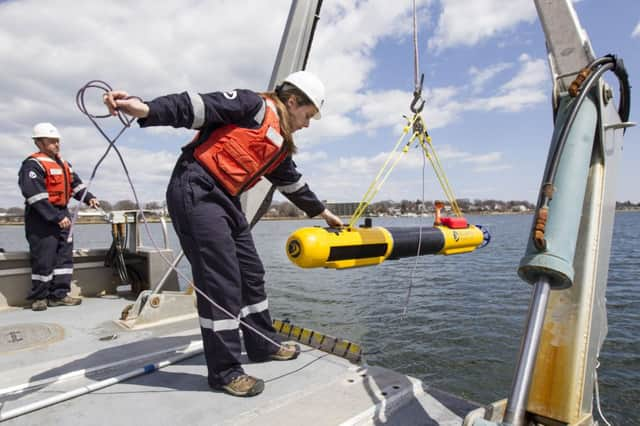Robot sub joins search for missing Malaysia plane


The move came after crews picked up a series of underwater sounds over the past two weeks that were consistent with an aircraft’s black boxes, which contain flight data and cockpit voice recordings. The devices have beacons that emit “pings” so they can be more easily found, but the beacons’ batteries last only about a month, and it is now more than a month since the plane vanished.
Angus Houston, the head of a joint agency co-ordinating the search off Australia’s west coast, yesterday said: “We haven’t had a single detection in six days, so I guess it’s time to go under water.”
Advertisement
Hide AdAdvertisement
Hide AdLast week the Australian prime minister, Tony Abbott, raised hopes when he said authorities were “very confident” the four underwater signals detected were coming from the black boxes on Flight MH370, which disappeared on 8 March during a flight from Kuala Lumpur to Beijing.
But Mr Houston warned that while the signals were a promising lead, the public needed to be realistic about the challenges facing search crews, who are contending with an extremely remote, deep patch of ocean – an area he dubbed “new to man”.
He said: “I would caution you against raising hopes that the deployment of the autonomous underwater vehicle will result in the detection of the aircraft wreckage. It may not. However, this is the best lead we have, and it must be pursued vigorously.”
The submarine will take 24 hours to complete each mission: two hours to dive to the bottom, 16 hours to search the seafloor, two hours to return to the surface, and four hours to download the data, Mr Houston said. In its first deployment, it will search a 15-square-mile section of seafloor.
Meanwhile, officials were investigating an oil slick near the area where the underwater sounds were detected, Mr Houston said. Crews have collected a sample of the oil and are sending it back to Australia for analysis, a process likely to take several days.